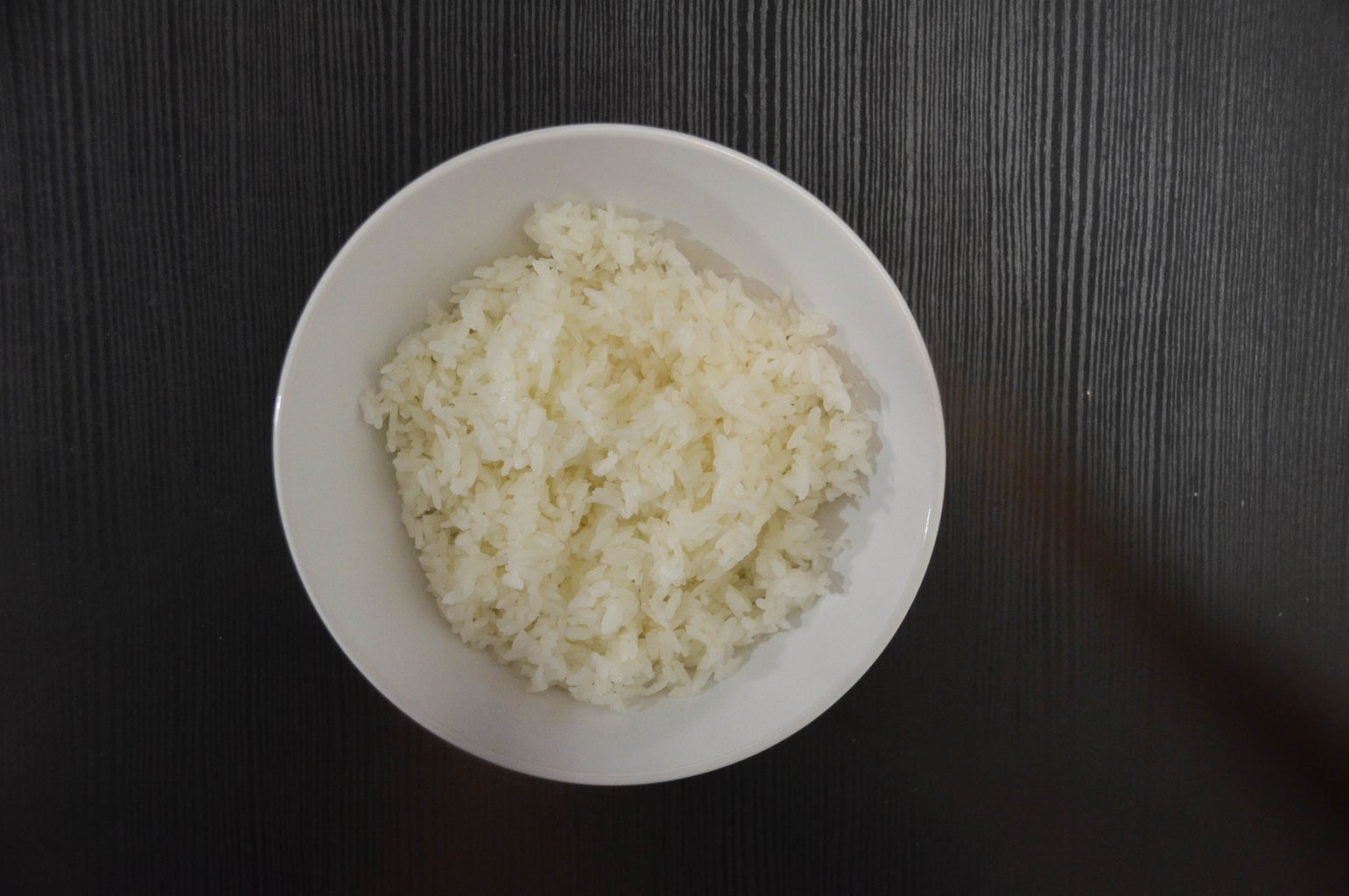If you are a college student who loves cooking, this recipe is for you.
As a Cambodian who constantly misses home and my Khmer food, living in Gambier can be rough at times.
Although Kenyon is stunning in all four seasons, I miss the summer when my village’s bright green rice field transitions to beautiful shades of golden orange under the intense heat of the sun. I miss the fragrance of freshly steamed rice, leftover herbal silk chicken soup with star anise and coriander seeds, and my neighbor’s freshly made chicken congee with deep-fried dough sticks.
Memories of my cultural cuisine often make me miss home, and many international students often resort to eating takeout from Asian restaurants or buying snacks online to curb their homesickness and loneliness. However, since Kenyon is very isolated, and Mount Vernon has only a few Asian restaurants, it has been a struggle for me to satisfy my craving for food that tastes like home.
Thus, I spent my first semester at Kenyon cooking at every chance I got, and, soon after, my bookshelf became a display for all of my seasoning bottles: soy sauce, rice cooking wine, teriyaki sauce, fish sauce, hoisin sauce, etc. The dish that I would cook without fail is called Hainese chicken. It is the cheapest, easiest, and most affordable dish I make in my dorm.
Hainese chicken is a dish that originates from China, but it is widely consumed across various parts of Southeast Asia. I was served this dish for breakfast as I sat waiting for my bus. It is incredibly simple, savory and juicy.
I have made this dish so many times that it has become a muscle memory. The recipe below is not authentic; I’ve tried to make the best of the available ingredients that are inexpensive and (mostly) available at Walmart. Some herbs and spices can also be bought from Saraga International Market; they are shelf-stable and very worth it, in my opinion.
Ingredients:
- Chicken thighs, although drumsticks work just fine
- Ginger
- Garlic
- Star anise, optional
- Green onion, optional
- Salt
- Pepper
- Fish sauce, optional
- Turmeric powder, optional, but highly recommended
- Jasmine rice

Before we get into the instructions, I will just briefly explain why my ingredient list is a bit underwhelming. I believe the highlight of Hainese chicken is the intense flavor of the chicken and nothing else. For example, my parents do not like to cook chicken breasts because they are tasteless. We love chicken thighs, wings, and drumsticks because they are usually fatty, and that’s where the flavor is at.
Secondly, I understand what it’s like to be a broke college student; it’s not always best to to clutter a dorm with leftover herbs and spices. I have made versions where I didn’t have some of the ingredients on hand, and it turned out delicious nonetheless. On the other hand, I would recommend having turmeric powder in your room, because it is very versatile. Turmeric powder gives the Hainese chicken a signature yellow tint and adds a distinct, intense flavor, which I can’t even put into words.
Thirdly, as someone who is living in a dorm without a kitchen, I have to constantly be creative and find ways to turn my favorite recipes into a one-pot recipe to avoid creating a mess in my bedroom. Nobody wants to do a lot of dishes and cleaning after eating a hearty meal, right?
Safety Instructions (Rice-Cooker Recipe):
- If you do not have access to a kitchen and are sharing a room with someone, please speak to your roommate before cooking. I did not realize how much of an annoyance it would be to deal with the smell of food, so ask for permission and make sure to air out your room as you cook. If you have a fan, that can help air out the smell faster.
- If you do not have access to a kitchen, please handle meat items carefully. I have a surface disinfectant in my room as well as disposable gloves just to make sure there is no cross-contamination.
- Remember, it is always better to overcook than to undercook meat products. You are not Gordon Ramsay; you just want to make a decent, edible meal.
Cooking Instructions (Rice-Cooker Recipe):
- Wear disposable gloves. Handle your chicken carefully and gently place it in the rice cooker. If you are using frozen chicken, leave it inside the pot to defrost first before cooking.
- Add 1-2 teaspoons of salt to the 2-3 chicken thighs and gently massage your chicken (WITH YOUR GLOVES). Let it marinate for 5-10 minutes.
- Add water to the pot. Just enough to cover one inch above the chicken. Do not overflow the pot.
- Slowly add 2 cloves of garlic, pepper to taste, 3 slices of ginger, and a sprinkle of turmeric into the pot. Add other spices and condiments if you wish. I typically add 2 star anise, a splash of fish sauce, and two green onions I cut in half.
- Cover the lid of the rice cooker and press cook. This depends on the model of the rice cooker. Mine is the Aroma 6-Cup Rice Cooker. Let the soup come to a boil. I typically wait around 20-30 minutes. The longer, the safer. Add water if you think it reduces too quickly. You want the stock to cook the rice.
- Once it’s done, remove the chicken onto a plate or a bowl. With a spoon or chopsticks, remove the herbs and throw them away.
- Now, we cook the rice. To cook perfect, fluffy rice, we need to use a 1 cup of jasmine rice to 1 cup of water ratio. Add one cup of rice to the stock. Check the water level of the rice. If the water rests at 1, you are good to go. If not, I typically add another cup of rice and some more water until it reaches two.
- I usually cut the meat up nicely with my cutting board, but cleaning has become a huge frustration and a source of exhaustion after my cooking spree. You can debone the chicken and cut it nicely if you please, but this is an optional step.
- If you made too much Hainese chicken, you can keep some of it in a zip-lock bag and store it in your freezer for later consumption. This is how I do my meal prep. The meat can be reheated when I make rice or when I make my ramen.
I usually eat my chicken with my special, spicy dipping sauce called Tuk Trey Khos Kong, Fish Sauce From Khos Kong Island.
Happy cooking!



